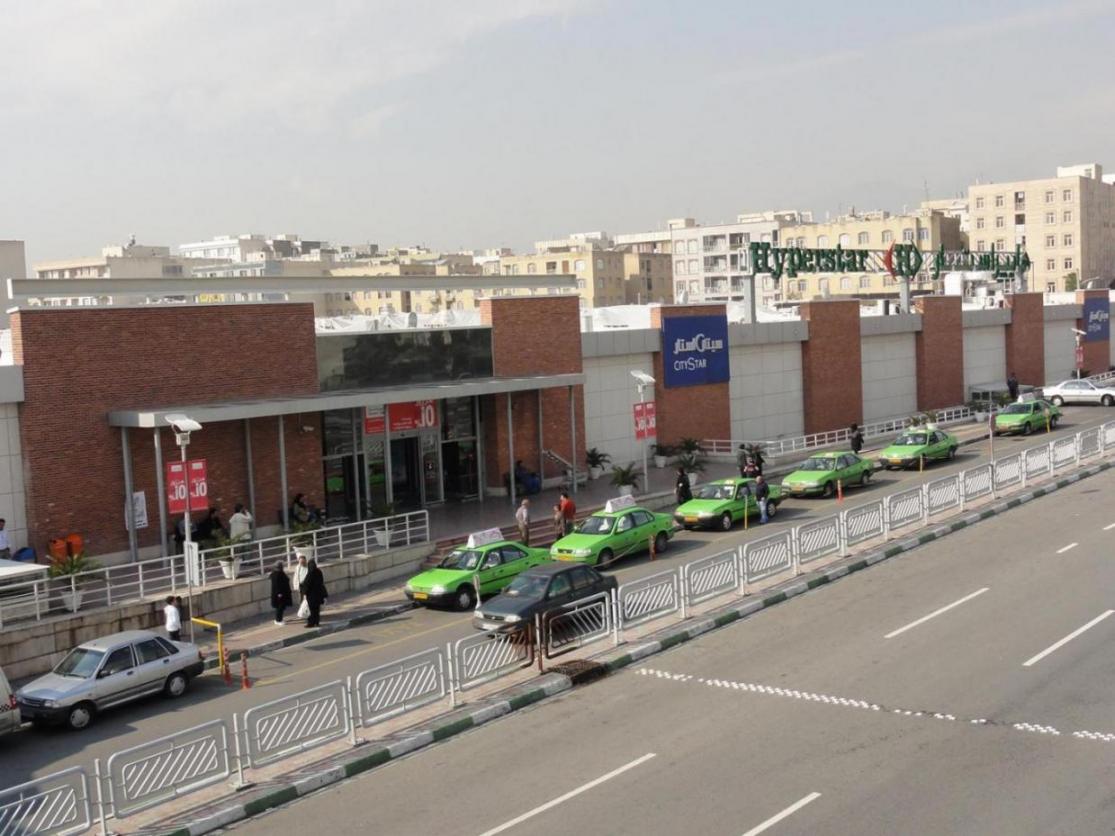Shopping in Iran remains a very local affair, unlike in Europe which since the 1950s has been dominated by the growth of large superstores.
Today, like in the past, local supermarkets or baqalis, as they’re locally known, continue to play an important presence in local communities up and down the country. Unlike the West, Ma & Pa mini markets remain on every high street still selling their limited selection of goods, and their trade remains brisk.
Where larger out-of-town stores offer a wider variety of goods from electronics to clothes, these local stores have stuck out even with the introduction of large superstores like the joint French-Emirati venture of Hyperstar or the locally owned Shahrvand and Refah supermarkets situated across many of Iran’s larger cities.
The continuation of the traditional shopping experience is partly due to government support. Since the 1979 Islamic Revolution, the so-called outdated method of shopping has persisted due to the owners of these smaller stores resisting any encroachment by larger supermarkets.
A Euromonitor 2013 report states that high risks involved in the industrial and agricultural markets encouraged many individuals to open their own stores in various fields of retailing and even accelerated the growth of outlet numbers.
It adds, “Non-grocery retailers remain highly fragmented, characterized by single-outlet operations featured in the largest retailing formats, including apparel and footwear specialist retailers and leisure and personal goods retailers. The concept of chain stores for non-grocery retailers was unknown in Iran at the end of the review period.”
The area of them continues to be around 10 square meters, with many of the stores resisting expansion, even some splitting their stores in half in attempt to pack in more items with specific genres, say cleaning products on one side, and food products on the other.
Although this sounds like a counterintuitive operation in terms of attracting customers, these stores continue to buck the trend to many foreigners and continue to make competent profits, though not exceptional.
Why have the large stores not broken into the local market? Well, that would be due to the underdevelopment of the market as a whole. In Iran’s capital city Tehran, large superstores are still outnumbered by their small local counterparts.
There is no exact number but due to factors of land price costing hundreds of millions of dollars and the comparative ease of setting up a sole proprietor business, large stores remain at the initial level of their development.
Economic and political forces do not completely explain the trend, however. Convenience-store openings have accelerated since President Hassan Rouhani’s coming to power, rather than slowing down as the country recovers from the recent 2012 economic turmoil.
A quick look at the area around the Financial Tribune office in central Tehran, and you’ll see that many sole-proprietors are attempting to open in the already flooded local convenience-store sector.
Continuation of the neighborhood stores may seem convenient, considering the density of the country’s cities; however, overall it does affect the bank balances of both the producer, store owner and the consumer.
Rise in Britain’s convenience-stores was studied by the London Mayors’ office back in 2011. It found that people who shop on food end up spending nearly two-thirds more each month than those who go to the larger out-of-town supermarkets.
The same may be true for Iranian local stores, as they cannot offer the kinds of discounts of the larger supermarkets and ultimately have to keep the prices the manufacturers print on the goods, which in turn affects supply chains profits due to higher operating costs.


